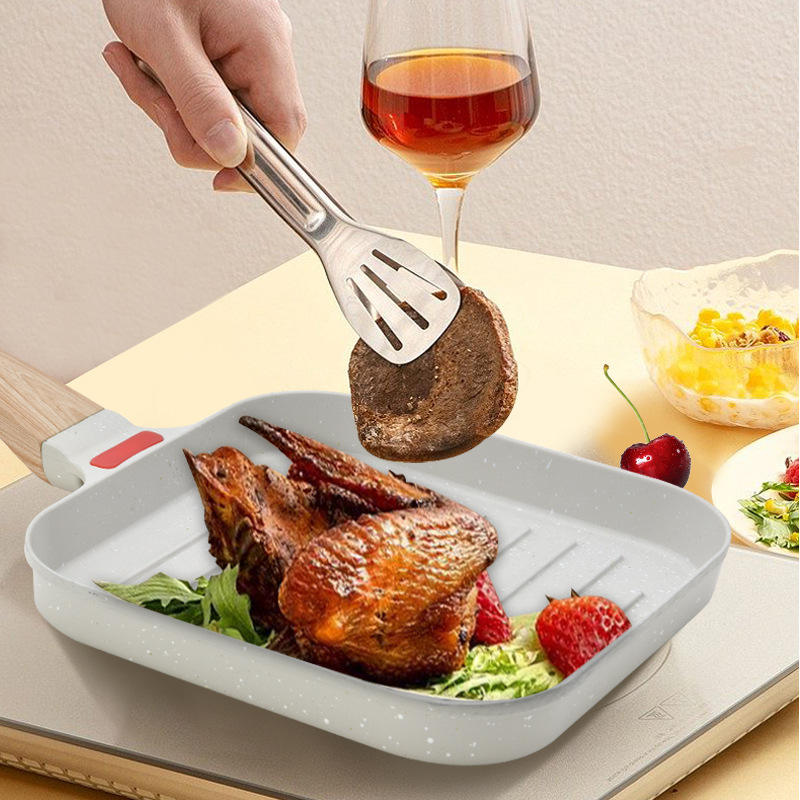IntroductionWhen it comes to cooking, having the right cookware set can make all the difference in the world. Not only does it allow you to create delicious, healthy meals, but it can also save you time and make cooking more enjoyable. However, with so many cookware sets on the market, it can be challenging to choose the right one. In this article, we will discuss the top cookware sets and what to look for when choosing the best set for your needs.MaterialsOne of the most critical factors to consider when choosing a cookware set is the material. Here are some of the most common materials and their pros and cons:Stainless SteelStainless steel is a durable material that is resistant to rust and corrosion. It is also non-reactive, so it won't react with acidic foods. However, it is not the best conductor of heat, so cooking can take longer.AluminumAluminum is an excellent conductor of heat and is lightweight. However, it can warp or scratch easily.Non-StickNon-stick cookware is coated with a layer of material that prevents food from sticking. It is easy to clean and requires less oil. However, it is not as durable as other materials, and the coating can wear off over time.Pieces IncludedWhen choosing a cookware set, you should also consider the pieces included. Some sets will include only a few pieces, while others may have up to 20. Think about what you will need and what you already have in your kitchen.BrandAnother factor to consider when choosing a cookware set is the brand. Some brands have a reputation for producing high-quality cookware, while others may be more affordable but not as durable.BudgetCookware sets can range in price from less than $100 to over $1,000. Determine your budget and find a set that fits your needs and your pocketbook.Cooktop CompatibilityBefore purchasing a cookware set, make sure it is compatible with your cooktop. Some cookware, such as induction, require specific types of pans and pots.SizeConsider the size of the cookware set. If you have a small kitchen, you may want to look for a set with fewer pieces that are stackable for easy storage.CleaningCleaning cookware can be a hassle, so consider how easy it is to clean. Some materials are dishwasher safe, while others require hand washing.WarrantyFinally, consider the warranty offered by the manufacturer. A good warranty can give you peace of mind that your investment is protected.ConclusionIn conclusion, choosing the right cookware set can make cooking more enjoyable and help you create delicious meals. When looking for a cookware set, consider the materials, pieces included, brand, budget, cooktop compatibility, size, cleaning, and warranty. With these factors in mind, you can find the perfect set for your needs.top cookware sets, materials, pieces included, brand, budget, cooktop compatibility, size, cleaning, warrantyThe Ultimate Guide to Top Cookware Sets: What to Consider When Choosing OneDiscover the best cookware sets on the market and learn what to consider when choosing the perfect one for your needs.Quote InquiryContact us!










